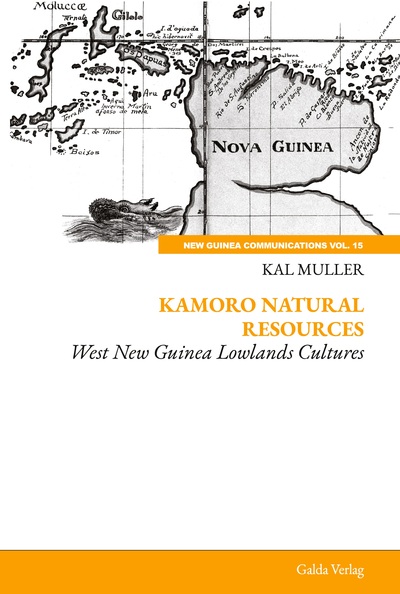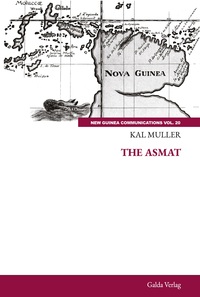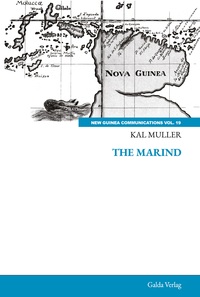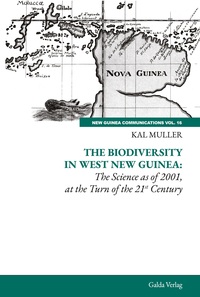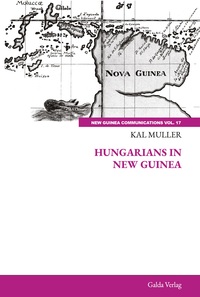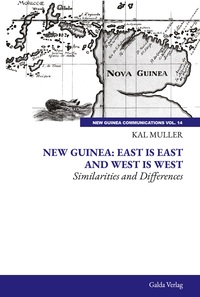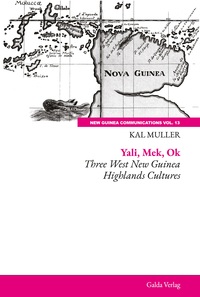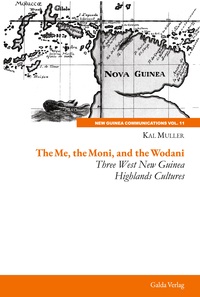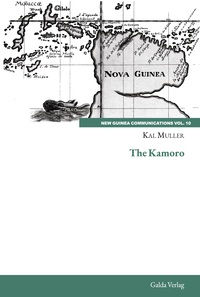Nous utilisons des cookies pour améliorer votre expérience. Pour nous conformer à la nouvelle directive sur la vie privée, nous devons demander votre consentement à l’utilisation de ces cookies. En savoir plus.
Kamoro Natural Resources
EAN : 9783962032999
Édition papier
EAN : 9783962032999
Paru le : 19 févr. 2024
82,00 €
77,73 €
Disponible
Pour connaître votre prix et commander, identifiez-vous
Notre engagement qualité
-
 Livraison gratuite
Livraison gratuite
en France sans minimum
de commande -
 Manquants maintenus
Manquants maintenus
en commande
automatiquement -
 Un interlocuteur
Un interlocuteur
unique pour toutes
vos commandes -
 Toutes les licences
Toutes les licences
numériques du marché
au tarif éditeur -
 Assistance téléphonique
Assistance téléphonique
personalisée sur le
numérique -
 Service client
Service client
Du Lundi au vendredi
de 9h à 18h
- EAN13 : 9783962032999
- Réf. éditeur : 334967
- Date Parution : 19 févr. 2024
- Disponibilite : Disponible
- Barème de remise : NS
- Nombre de pages : 404
- Format : H:230 mm L:155 mm E:25 mm
- Poids : 669gr
- Résumé : The Kamoro are an ethnolinguistic group of Papuans living along the north shore of the Arafura Sea and a short distance inland. Like other Papuan groups, they take advantage of the resources available to them. This book lists the Kamoros' natural resources with the emphasis on what they actually use from their ecosystems: the sea, the estuaries, the mangroves and the tropical rain forest. A study of the natural resources in four separate areas was undertaken by the author in the year 2000. The research was conducted in Iwaka, an inland village, Pigapu Village, an inland riverside settlement, the coastal village of Atuka, and Paopao, a semi-temporary agglomeration of related clans located on a rived they owned traditionally. The information was gathered in the Indonesian language, supplemented by the names in the local Kamoro dialects. The author and his Kamoro informants consulted together books illustrating various animal groups in order to obtain the names in English, Indonesian, Kamoro as well as the all-important universal binomial scientific designation. This research was a part of a wider study by the author on the risk assessment of the influence of the mining company Freeport Indonesia due to the tailings from processing of the mined ores. The tailings had a considerable effect on the lifestyles of the Kamoro who lived in the areas where they were deposited. The various chapters in the book concentrate on the vegetation (and especially that of the mangroves) with various chapters devoted to the most important animal groups used by the Kamoro for food and a variety of other purposes. These groups include birds, fishes, crustaceans, mollusks, reptiles, mammals and insects. An appendix groups different designations together, such as Latin name and Kamoro name, then Kamoro name followed by the Latin one. All the various animal groups are treated this way for convenient quick references. English names are also listed. The book ends with a bibliography of all the references consulted.
- Biographie : Dr Muller spent 22 years working and living with two Papuan groups, allowing him access to excellent relations with not just the people but also prominent academics and scientists and their resources.

